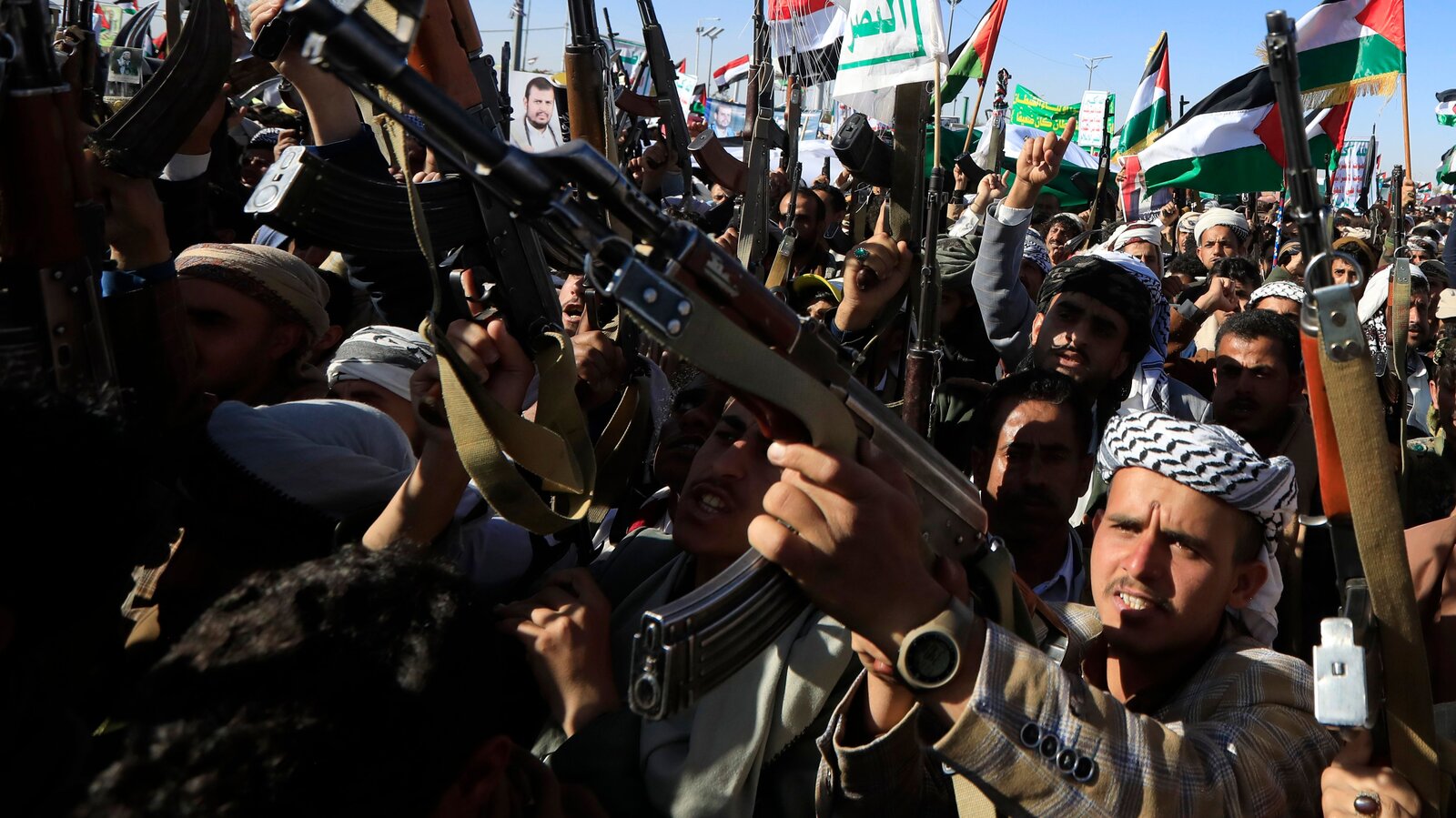U.S. Military Launches Precision Strikes Against Houthi Forces in Yemen
On Wednesday, the U.S. military executed a series of precision strikes targeting key weapons storage facilities operated by the Iran-backed Houthi group in Yemen. These operations, conducted by the U.S. Central Command (CENTCOM), aimed at dismantling underground Advanced Conventional Weapons (ACW) depots that pose serious threats to naval warships and merchant vessels navigating the Red Sea and Gulf of Aden.
Details of the Operation
CENTCOM confirmed in an official statement that multiple precision strikes were carried out on two underground storage facilities situated in Houthi-controlled regions of Yemen. Importantly, the command indicated that there were no injuries to U.S. personnel nor damage to U.S. equipment during the operation. However, specifics regarding casualties among Houthi militants were not disclosed.
Objectives Behind the Strikes
The primary objective of these strikes was to weaken the Houthis’ capabilities to launch attacks on regional allies, as well as on military and civilian shipping in the vital waters of the region. Although CENTCOM did not release detailed coordinates of the strikes, local media aligned with the Houthis reported that the attacks occurred in Yemen’s northwestern Amran province and in the capital city, Sanaa, which remains under Houthi control since its capture in 2014.
A Pattern of Increased Military Engagement
This military operation reflects a notable shift in the Biden administration’s approach towards the Houthi network, indicating a potential increase in counteractions against the group. Previous similar operations were noted in November, where at least three strikes targeted Houthi command centers and weapons production facilities.
Moreover, last month, U.S. forces successfully intercepted two attempts by the Houthis to attack naval and merchant vessels, underscoring an escalation in military countermeasures against these threats.
Escalation of Houthi Attacks
The Houthis have ramped up their offensive operations in recent years, particularly in the aftermath of Hamas’s October 7, 2023, attacks on Israel. In what seems to be a strategic alignment with Iranian influence, the Houthis have intensified missile strikes targeting Israel while also disrupting both maritime and aerial traffic. These long-range strikes are increasingly originating from locations within Yemen, exceeding distances of 1,200 miles.
Regional Tensions Mount
Despite a cease-fire leading to a reduction in hostilities from other conflict hotspots, including Gaza and Lebanon, the Houthi group has shown no signs of de-escalating its aggression. Recent reports indicate that missile attacks towards Israel persist, contributing to a volatile atmosphere in the region. Israeli officials have responded with stern warnings, highlighting a necessary readiness to counter these ongoing threats.
Israeli Response and Warnings
Amidst these escalating tensions, Israeli Defense Minister Israel Katz has issued a strikingly firm statement regarding future actions against the Houthis. Emphasizing the seriousness of the threat posed by the group, Katz declared: “If the Houthis’ attacks persist, we will track down their leaders and strike them, just as we have done with other Iran-backed forces.” This statement, reported by the Associated Press in late December, underscores the potential for a more direct confrontation as both nations brace for possible escalatory cycles of military engagement.
The Path Forward
As the U.S. continues to engage militarily against the Houthi forces, analysts warn that the situation could evolve into a complex theater of conflict involving multiple players influenced by external powers, particularly Iran. The implications of these U.S. strikes and the broader patterns of aggression by the Houthis may redefine the security landscape of the Middle East, prompting increased vigilance from regional powers as well as the international community.
In conclusion, the recent U.S. strikes against Houthi facilities in Yemen mark a significant chapter in the ongoing tug-of-war involving U.S. interests, Iranian influence, and the precarious balance of power in the region. As tensions simmer, it is imperative for all involved to exercise caution and seek avenues for de-escalation, hoping to avoid further destabilization in an already volatile area.
